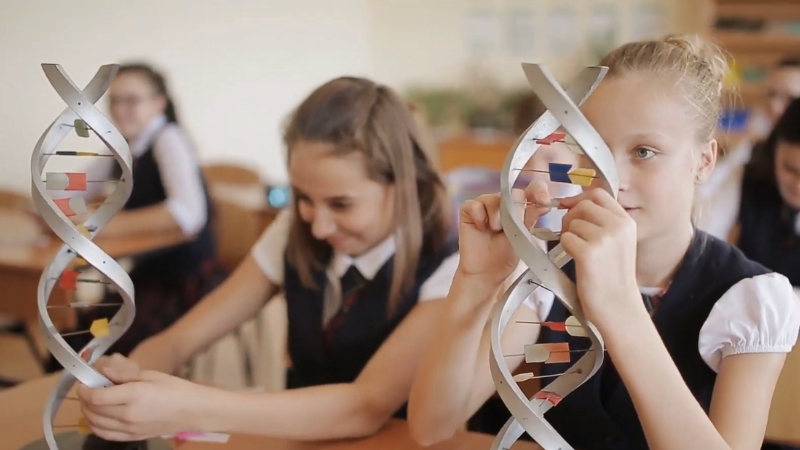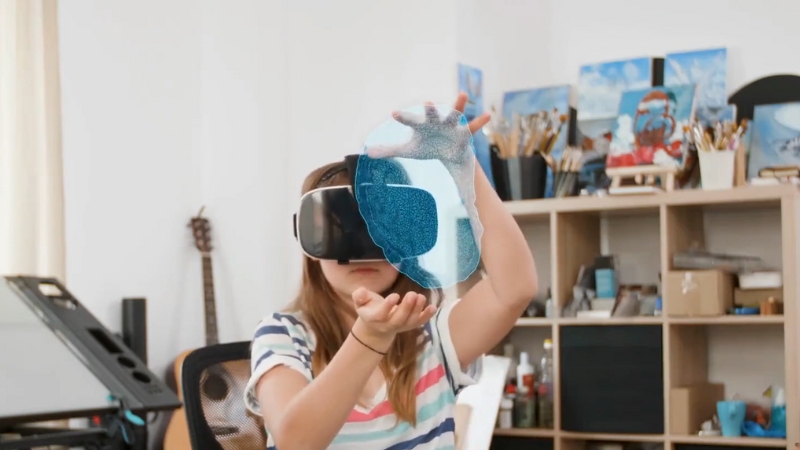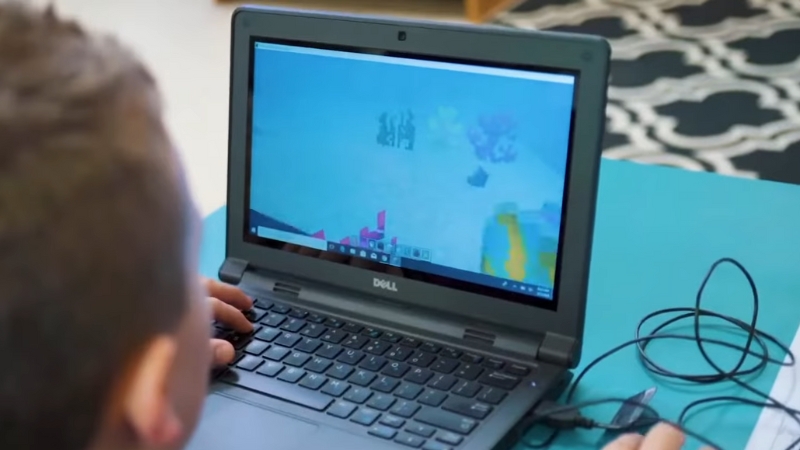Gamification in education improves student engagement, motivation, and learning outcomes by integrating game-like elements into traditional teaching methods.
Research shows that using points, rewards, challenges, and leaderboards encourages active participation and deeper knowledge retention.
Schools worldwide are adopting gamification strategies to make learning more interactive, engaging, and effective.
What is Gamification in Education?
Gamification involves applying game mechanics (such as points, badges, and challenges) to educational settings.
Unlike educational video games, it does not replace traditional learning but enhances it by making lessons more engaging and interactive.
Key Gamification Elements in Education
These elements increase participation, encourage goal-setting, and create a sense of achievement, making students more invested in their education. Gamification is backed by psychological principles that explain why students respond positively to game-like learning. Game elements activate the brain’s reward system, releasing dopamine, a neurotransmitter associated with motivation and learning. Traditional learning methods often involve the passive consumption of information. Gamification transforms learning into an active experience, requiring students to: Gamification can help students reach a “flow state”, where they are fully absorbed in a task. Gamification transforms lessons into interactive experiences, making students more likely to participate. A study by Research Gate found that gamified classrooms had higher attendance rates than traditional ones. Teachers report a 40% increase in classroom participation after introducing gamified elements. Students in gamified courses show higher test scores and better long-term retention. Gamified learning fosters peer interaction, which is essential for developing communication and teamwork skills. Gamification caters to visual, auditory, and kinesthetic learners, making education more inclusive. A major risk of gamification is that students may become too focused on collecting points, badges, or leaderboards instead of engaging with the actual subject matter. Extrinsic motivation (rewards, rankings, and prizes) can sometimes overshadow intrinsic motivation (genuine interest and curiosity in learning). A study published in Science Direct found that extrinsic rewards can undermine intrinsic motivation if not implemented correctly. Students who rely solely on rewards tend to perform only for external validation rather than personal growth. Educators must ensure that game elements reinforce knowledge mastery rather than just participation or competition. Tie rewards to actual learning outcomes: Instead of awarding points for merely completing an assignment, students should earn rewards for demonstrating a deep understanding of the topic. For example, a badge could be given for solving a complex math problem using different strategies, not just for completing worksheets. Encourage goal-setting: Research from Springer Open suggests that students perform better when they have clear, achievable learning goals. Gamification should promote personal skill development, such as improving problem-solving abilities or mastering new concepts. Balance rewards with feedback: Instead of focusing on scores alone, integrate instant feedback and constructive explanations to help students grasp concepts more effectively. Promote intrinsic motivation: Use storytelling elements, mystery-based learning, or real-world challenges to spark curiosity without over-relying on extrinsic rewards. Leaderboards and competitive elements can sometimes discourage students who struggle academically. Instead of feeling motivated, some students may feel overwhelmed or develop anxiety due to comparisons with higher-performing peers. A 2019 study found that overly competitive gamification can increase stress levels, particularly among students who already face academic challenges. Social comparison pressure can lower confidence, leading some students to disengage altogether. To ensure gamification remains motivational rather than stressful, educators can implement more inclusive and adaptive competition models. Focus on personal progress: Instead of ranking students against their peers, use self-progress tracking where students work towards personal milestones. A level-based system where students “unlock” new achievements when they meet their own goals can reduce direct competition. Use team-based collaboration instead of individual rankings: A study published by Ingrid Fonseca Franco found that cooperative gamification models (where students work together to achieve group-based rewards) result in higher engagement and better learning retention than individual competition. Allow students to set their own pace: Gamified learning should be flexible, allowing students to progress at their own speed. Adaptive challenges where students can repeat tasks or gradually increase difficulty help reduce unnecessary pressure. Recognize different types of achievements: Instead of ranking students solely based on test scores, introduce diverse leaderboards that track skills like creativity, collaboration, and problem-solving. Not all schools have the resources to implement digital gamification tools. Some institutions lack laptops, tablets, or stable internet connections, which can make tech-driven gamification inaccessible. Digital skills have become a key🗝️ factor to access life-saving information. But over half of the world’s population lack basic skills for computer-based activities. We must step up efforts to expand #literacy and digital skills for all! #LiteracyDay https://t.co/RkFBugzHL0 pic.twitter.com/uXPKI2d4XO — UNESCO 🏛️ #Education #Sciences #Culture 🇺🇳 (@UNESCO) September 7, 2021 According to a 2022 UNESCO report, over 40% of students worldwide lack access to digital learning tools. In underfunded schools, relying solely on technology-driven gamification is not practical. Gamification does not require expensive digital platforms. Offline, low-tech strategies can be just as effective. Use physical reward systems: Simple systems like sticker charts, classroom tokens, or achievement certificates can encourage engagement without needing computers or tablets. For example, a teacher can create a “reading journey” map where students move forward by completing chapters instead of using an online leaderboard. Gamify participation and discussions: Instead of using online quizzes, teachers can gamify class discussions by assigning points for critical thinking, creativity, or teamwork. This encourages learning engagement without needing digital tools. Board games and hands-on activities: In STEM subjects, math-based board games or science-related puzzles can turn lessons into interactive experiences without digital tools. Hybrid gamification models: Schools with limited technology can combine traditional learning with gamified elements. For example, a teacher might use paper-based missions or role-playing scenarios instead of an online simulation. Teachers already have packed schedules and limited lesson-planning time. Designing gamified lessons from scratch can be time-consuming, making implementation difficult without proper resources or training. A survey conducted by EdTech Magazine (2021) found that 67% of teachers feel unprepared to integrate gamification into their lessons due to a lack of time and knowledge. Educators do not need to reinvent their teaching methods entirely to integrate gamification. Starting small and using pre-built resources makes the transition smoother. Use pre-designed gamification tools: Platforms like Kahoot!, Quizizz, Classcraft, and Duolingo provide ready-made gamified learning activities. Teachers can quickly adopt these tools without needing advanced technical skills. Incorporate gamification gradually: Instead of gamifying an entire curriculum, start with one lesson or one unit. For example, a teacher might first introduce a badge system for participation, then expand to team-based challenges. Use templates and pre-existing resources: Many educational platforms offer free gamification templates that teachers can modify instead of creating new systems from scratch. Websites like Teachers Pay Teachers provide downloadable gamified lesson plans. Encourage student involvement in gamification design: Students can help create classroom challenge ideas or design their own point systems, reducing the teacher’s workload. A basic points system can make class participation more engaging by rewarding students for answering questions, completing homework, or collaborating in group discussions. Badges and achievement levels can also encourage progress by recognizing milestones such as mastering a math concept, finishing a reading challenge, or improving test scores. These simple elements increase motivation while keeping the classroom structured and interactive. Giving students the freedom to choose gamified challenges based on their abilities keeps them engaged and allows for a more tailored learning experience. An adaptive difficulty system, where tasks become progressively more complex as students master foundational skills, ensures that they are constantly challenged without feeling overwhelmed. This approach fosters both confidence and resilience, making learning feel more like an achievement rather than a chore. While gamification can make learning more enjoyable, it must always serve the primary goal of education. The focus should not be solely on earning points or competing with peers but rather on developing knowledge and skills. Game mechanics should be strategically integrated to reinforce lesson objectives, ensuring that students are actively learning rather than just playing for rewards. When implemented correctly, gamification becomes a powerful tool to improve engagement, retention, and overall academic success. Gamification in education is more than a trend—it’s a proven strategy that enhances student engagement, motivation, and learning outcomes. By incorporating game-based elements, educators can create a dynamic and effective learning environment where students actively participate and retain knowledge better. Teachers who adopt gamification empower students to take charge of their learning, making education more engaging and effective. Are you ready to integrate gamification into your classroom? Start with simple strategies, experiment with gamification tools, and watch engagement levels soar. Would you implement gamification in your teaching methods? Share your thoughts below!
Game Element
How It Works in Education
Example
Points & Rewards
Students earn points for completing tasks, quizzes, or challenges.
A student receives 10 points for answering a question correctly.
Badges & Achievements
Recognizes student progress in specific skills or subjects.
A “Problem Solver” badge for completing 10 math problems.
Leaderboards
Ranks students based on performance, fostering motivation.
A class leaderboard tracking quiz scores.
Quests & Challenges
Lessons are broken into engaging missions with objectives.
Completing a “History Explorer” quest on ancient civilizations.
Instant Feedback
Provides immediate responses to student actions.
An online quiz showing correct answers after submission.
The Science Behind Gamification: Why It Works

1. Motivation and Reward Systems
2. Active Learning and Engagement
3. The Flow State and Learning Retention
Proven Benefits of Gamification in Education

1. Increased Student Engagement
2. Improved Learning Outcomes
Metric
Traditional Learning
Gamified Learning
Engagement Levels
Moderate
High
Knowledge Retention Rate
55%
80%
Test Score Improvement
+5%
+12%
3. Encourages Collaboration and Teamwork
4. Supports Different Learning Styles
Common Challenges of Gamification

1. Risk of Overemphasizing Rewards Over Learning
The Solution
2. Risk of Unhealthy Competition Among Students

The Solution
3. Resource Constraints: Limited Technology Access
The Solution
4. Time and Implementation Challenges for Educators

The Solution
Best Practices for Implementing Gamification in Classrooms
1. Start with Simple Gamification Elements
2. Personalize Learning Paths
3. Align Gamification with Educational Goals

Conclusion

